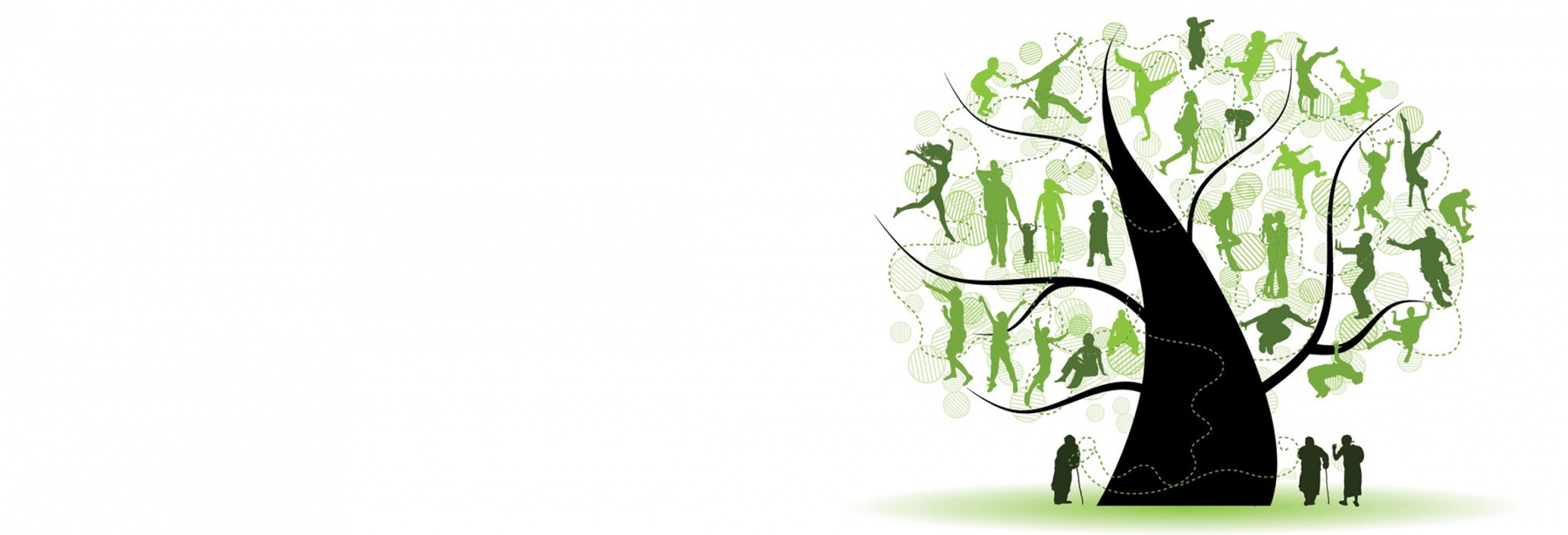GOAL directed actions
Language and action have been found to share a common neural basis and in particular a common ‘syntax’, an analogous hierarchical and compositional organization. While grammatical formalisms and associated discriminative or generative computational models exist for language structure, such formalisms and models for the structure of action are still elusive. However, structuring action has important implications on action learning and generalization, in both human cognition research and computation. It leads to a clear definition of what comprises a single action vs. an action sequence or whole event and dictates principles based on which single actions are combined into sequences and events.
Our ultimate objective in this research line is the development of action parsing and action-planning algorithms that will employ (a) a unifying, cross-disciplinary definition of action based on the Neuroscience of Action, and (b) a corresponding formal grammar, dictating the formation of goal-directed action structures of any complexity. A vital step towards achieving this objective has been our Minimalist Grammar of Action which is corroborated by neurobiological evidence.
This is a formal specification of the structure of action, which employs the Chomskyan generative transformation grammar paradigm and is corroborated by neurobiological evidence. Though there are a variety of grammars for describing the structure of language, we chose the Chomskyan approach and its latest evolution into the Minimalist Program. The main reason was the fact that this framework is the culmination of an attempt to describe and explain language syntax in terms of principles and parameters that are not tied to the idiosyncrasies of the human language system, but instead may have counterparts in other biological systems. Thus, this perspective allows one to look for universals not only within the structures of different human languages, but also across natural language to non-symbolic sensorimotor spaces, such as human action.
Our generative action grammar comprises a set of terminals, features, non-terminals, and production rules in the sensorimotor domain. The need for filling in the values of the action features, drives the merging of action constituents into binary structures organised hierarchically into temporal sequences of actions of increasing complexity. These driving features are the tool of an action, the affected object and its goal. A minimal set of production rules (in which the tool and affected object complements of an action have a primary role) apply recursively in generating the denoted action tree(s), while a parser builds such trees bottom up dealing with both tail and true recursion (i.e. discontinuous action structures and long dependencies). Recursion, merge and move, are shown to be mechanisms that manifest themselves not only in human language, but in human action too.
